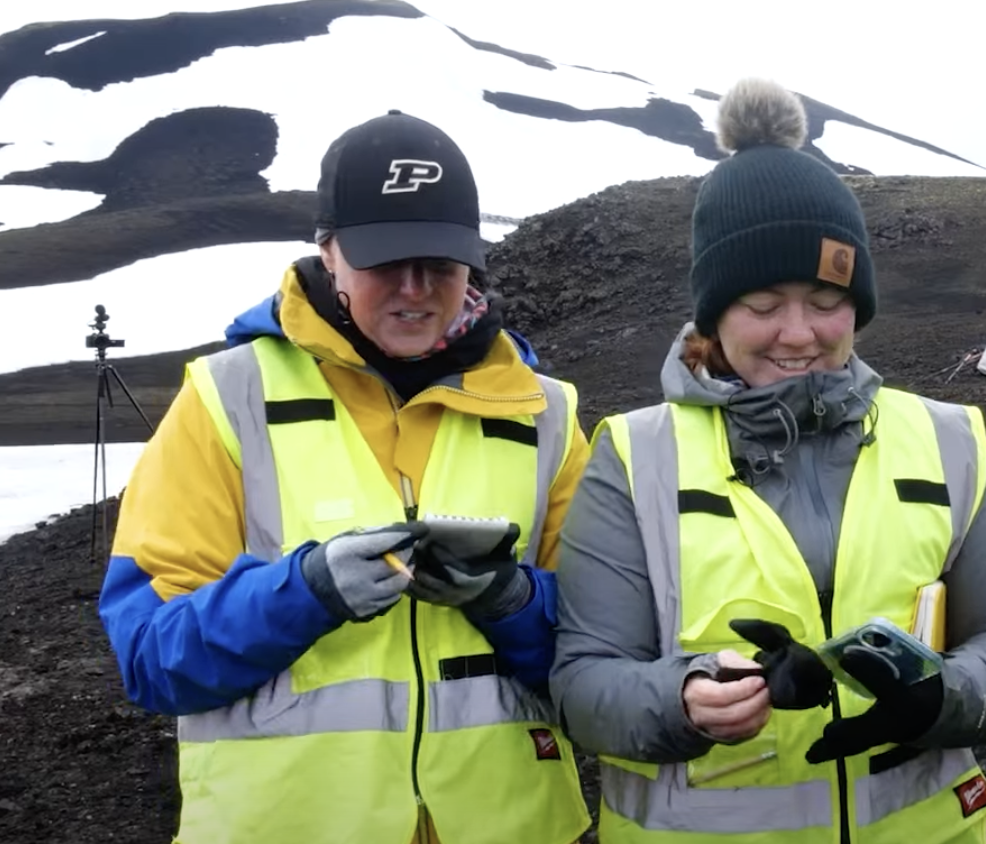
12-11-2025
Inside NASA's Prep for the Moon, Mars, and the Search for Life
NASA on YouTube — NASA experts take you behind the scenes in Iceland, where they study icy volcanoes, lava fields, hydrothermal vents, and other extreme environments that mimic other worlds. EAPS Assistant Professor Ali Bramson and her research team are working to figure out how astronauts can find and characterize water/ice and what is needed to prepare them for these activities.

